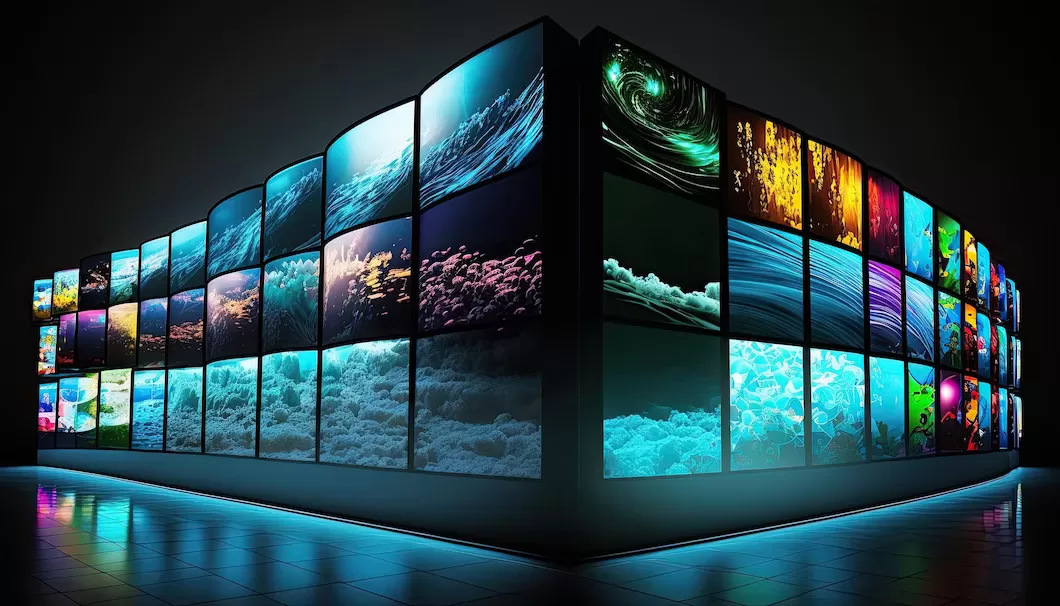Essential Maintenance Tips to Optimize the Performance of Your Video Wall
Video walls are becoming an increasingly popular solution for businesses looking to make an impact through immersive displays. Whether used in corporate presentations, control rooms, or entertainment venues, a video wall provides an engaging way to share content on a large scale. It’s a multi-screen display that allows you to communicate with the audience better.
It is designed to last longer and perform optimally for several hours. However, just like any other high-tech equipment, it requires regular maintenance. It is crucial to ensure that your video wall continues to perform at its best. Otherwise, you must deal with screen degradation, connectivity issues, or even full breakdowns. In this article, we’ll explore effective maintenance tips to optimize the performance of this display system.
Regular Cleaning of the Screens
The display is the most critical aspect of a video wall. Regular cleaning is crucial for maintaining image clarity. Dust, fingerprints, and smudges can accumulate on the screens and affect visibility. It also reduces the sharpness of your images. It would help if you used a soft, microfiber cloth to gently wipe the surface of each screen. Make sure you avoid abrasive materials that could scratch or damage the display. You can also use screen-cleaning solutions.
Note: Any cleaning material you use must be compatible with your video wall’s technology. Similarly, you should avoid spraying liquids directly on the screen as it can damage it. Instead, apply them to the cloth and then wipe it.
Monitor Environmental Conditions
Environmental factors such as temperature and humidity can affect the performance of your video wall, especially when you are using it in outdoor settings. Excessive heat can damage the internal components. On the other hand, high humidity may lead to condensation, which can short-circuit electronic parts.
Therefore, you should monitor environmental conditions in the area where the video wall is installed. Make sure you place it in a well-ventilated space. Apart from that, you need to maintain a consistent temperature within the manufacturer’s recommended range. Above all, you should avoid placing it in direct sunlight, as this can cause overheating that leads to screen discoloration over time.
Inspect the Wiring and Connections
A video wall system relies on a network of cables and connectors to transmit data and power to each display unit. Over time, cables can wear out or become dislodged. If left unnoticed, it can cause connectivity issues, flickering screens, or loss of signal.
You should regularly inspect all cables for signs of wear and ensure that connectors are securely attached. If any cables are damaged, replace them immediately. Using cable management solutions can help to prevent accidental tugging or pulling, which can lead to connection problems.
Check for Software Updates
A video wall typically comes with software and firmware that manage display settings, screen alignment, and performance. Manufacturers often release updates to improve system stability and enhance features. You should regularly check for and install any software or firmware updates provided by the manufacturer. It will ensure that you’re benefiting from the latest features, which can significantly boost performance and reliability.
Calibrate the Display Regularly
Over time, even the best displays can experience color shifts and brightness inconsistencies. To maintain a sharp and clear display, it’s essential to calibrate it at regular intervals. This calibration ensures that each screen produces consistent colors and brightness levels. It will result in a uniform and visually appealing display.
Many advanced systems come with built-in calibration tools. In case your video wall doesn’t have these tools, you can rely on professional calibration services for more precise adjustments.
Avoid Image Burn-In
One of the most common issues with video walls is image burn-in. It happens when static images or content is left on the screen for too long and it becomes permanently etched into the display. To prevent this, you should display dynamic content using this system. When it’s constantly changing or periodically refreshed, the risk of image burn-in is reduced. If your video wall is used for static displays, implement a screen saver or schedule breaks to avoid this issue.
The aforementioned maintenance tips will help you maintain the optimal functionality of your video wall for an extended period. Apart from these tips, you should schedule professional maintenance as well to prolong its lifespan.

